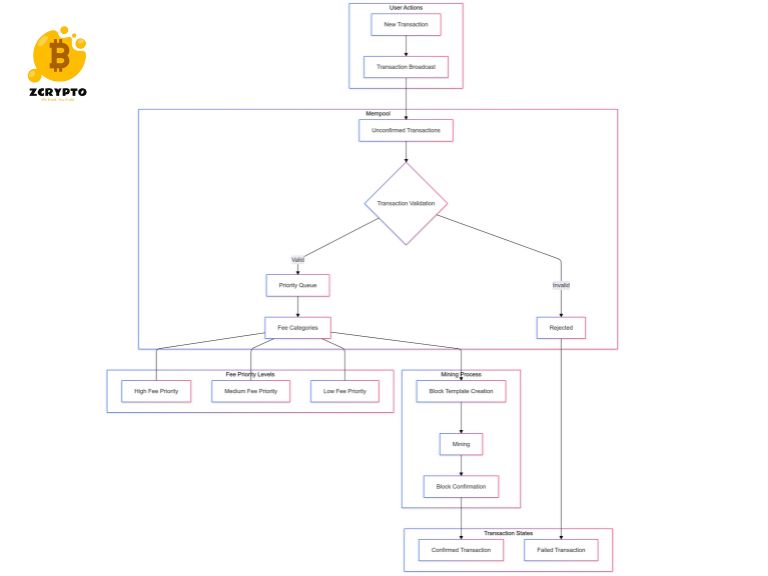Understanding Capital Structure
Components of Capital Structure
The foundation of capital structure is rooted in the balance sheet equation: Assets = Liabilities + Shareholder Equity. Here, liabilities include both short-term and long-term debts, while shareholder equity encompasses common stock, preferred stock, and retained earnings.
- How Android Operating System Drives Revenue and Innovation in the Finance and Business Sectors
- What is Market Sentiment? The Professional Guide to Market Psychology
- Ultimate Guide to Altcoins: Types, Risks, and Investment Strategies
- What is Metaverse? Current State and Technical Infrastructure
- Maximize Your Retirement Savings: A Comprehensive Guide to 401(k) Plans
-
Debt: This includes short-term liabilities like accounts payable and long-term liabilities such as bonds or loans.
You are viewing: How to Optimize Your Company’s Capital Structure: A Guide to Debt, Equity, and Financial Flexibility
-
Equity: This includes common stock, preferred stock, and retained earnings.
Types of Capital Structure
Capital structures can be categorized into two main types:
-
Vertical Capital Structure: This refers to the proportion of equity versus debt in a company’s financing mix.
-
Horizontal Capital Structure: This involves matching the type of financing with the type of asset being financed (e.g., using equity to cover fixed assets and debt to cover current assets).
Capital Structure Ratios
Several ratios help in assessing a company’s capital structure:
-
Equity Ratio: Calculated as Total Shareholder Equity / Total Assets.
-
Debt Ratio: Calculated as Total Debt / Total Assets.
-
Debt-to-Equity Ratio: Calculated as Total Debt / Total Shareholder Equity.
These ratios provide insights into a company’s leverage and financial health.
Determinants of Capital Structure
Industry and Asset Value
The value of assets plays a significant role in determining the optimal capital structure. Companies with high-value assets often require more external funding, which can be achieved through a mix of debt and equity. For example, real estate companies may rely heavily on debt due to the high value of their assets.
Business Risk and Industry Averages
Business risk and industry averages are critical determinants. Companies in high-risk industries may prefer less debt to avoid financial distress, while those in low-risk industries might leverage more debt due to lower default risks. Industry averages also serve as benchmarks for what is considered an optimal capital structure within a particular sector.
Tax Status and Financial Models
Tax status significantly influences capital structure decisions. The tax benefits associated with interest payments on debt can make it an attractive option compared to equity financing. Financial models such as the Modigliani-Miller theorem and trade-off theory also guide these decisions by balancing the benefits of tax deductions against the costs of financial distress.
Steps to Optimize Capital Structure
Analysis of the Current Situation
Optimizing capital structure begins with a thorough analysis of the current financial situation. This includes reviewing financial statements, cash flow projections, credit terms, and other relevant financial metrics. Understanding where your company stands currently is essential before making any adjustments.
Setting Objectives
Setting clear objectives that align with your company’s strategic goals and risk profile is crucial. This involves evaluating different scenarios and considering trade-offs between debt and equity financing. For instance, if your goal is rapid growth, you might consider more aggressive debt financing but must weigh this against increased risk.
Implementing Measures
Implementing measures to optimize capital structure could involve several actions:
-
Debt repayment or refinancing to reduce interest costs.
-
Adjusting equity levels through share buybacks or new issuances.
-
Optimizing working capital by managing accounts receivable, inventory, and accounts payable.
-
Considering asset sales or mergers and acquisitions (M&A) activities to rebalance the capital mix.
Risk Management
Managing risks associated with the new capital structure is vital. This includes mitigating interest rate risks, credit risks, and refinancing risks. While an optimized capital structure can lead to lower capital costs and higher profitability, it also introduces new challenges that need careful management.
Optimal Capital Structure
Definition and Importance
An optimal capital structure is the mix of debt and equity that minimizes the Weighted Average Cost of Capital (WACC) and maximizes firm value. Achieving this balance ensures that a company is using its resources efficiently without over-leveraging or under-leveraging.
Trade-Offs Between Debt and Equity
There are significant trade-offs between using debt versus equity:
-
Debt offers tax benefits but increases the risk of financial distress.
-
Equity avoids default risk but misses out on tax benefits and may dilute ownership.
Finding the right balance is key to optimizing capital structure.
Calculating WACC
The formula for WACC is:
[ WACC = \left( \frac{E}{V} \times Re \right) + \left( \frac{D}{V} \times Rd \times (1 – Tc) \right) ]
Where:
-
See more : How Call Options Work: A Comprehensive Guide to Buying, Selling, and Profiting
( E ) = Market value of equity
-
( D ) = Market value of debt
-
( V ) = Total market value of the company (( E + D ))
-
( Re ) = Cost of equity
-
( Rd ) = After-tax cost of debt
-
( Tc ) = Corporate tax rate
Practical Considerations and Examples
Industry Variations
Capital structures vary significantly across industries:
-
Cyclical industries may prefer less debt due to fluctuating cash flows.
-
Banking and insurance companies often have different regulatory requirements that influence their capital structures.
Recapitalization
Recapitalization involves adjusting the existing mix of debt and equity. This can include reducing debt levels, removing preferred shares, or using debt to repurchase equity. Such actions can help align the capital structure with changing business needs or market conditions.
Case Study or Example
Consider a hypothetical company aiming to reduce its WACC by optimizing its capital structure:
-
Initial Debt-to-Equity Ratio: 2:1
-
Initial WACC: 10%
-
After adjusting the ratio to 1:1 through recapitalization efforts, the new WACC could be reduced to 8%.
This example illustrates how strategic adjustments can lead to improved financial efficiency.
Source: https://summacumlaude.site
Category: Blog







